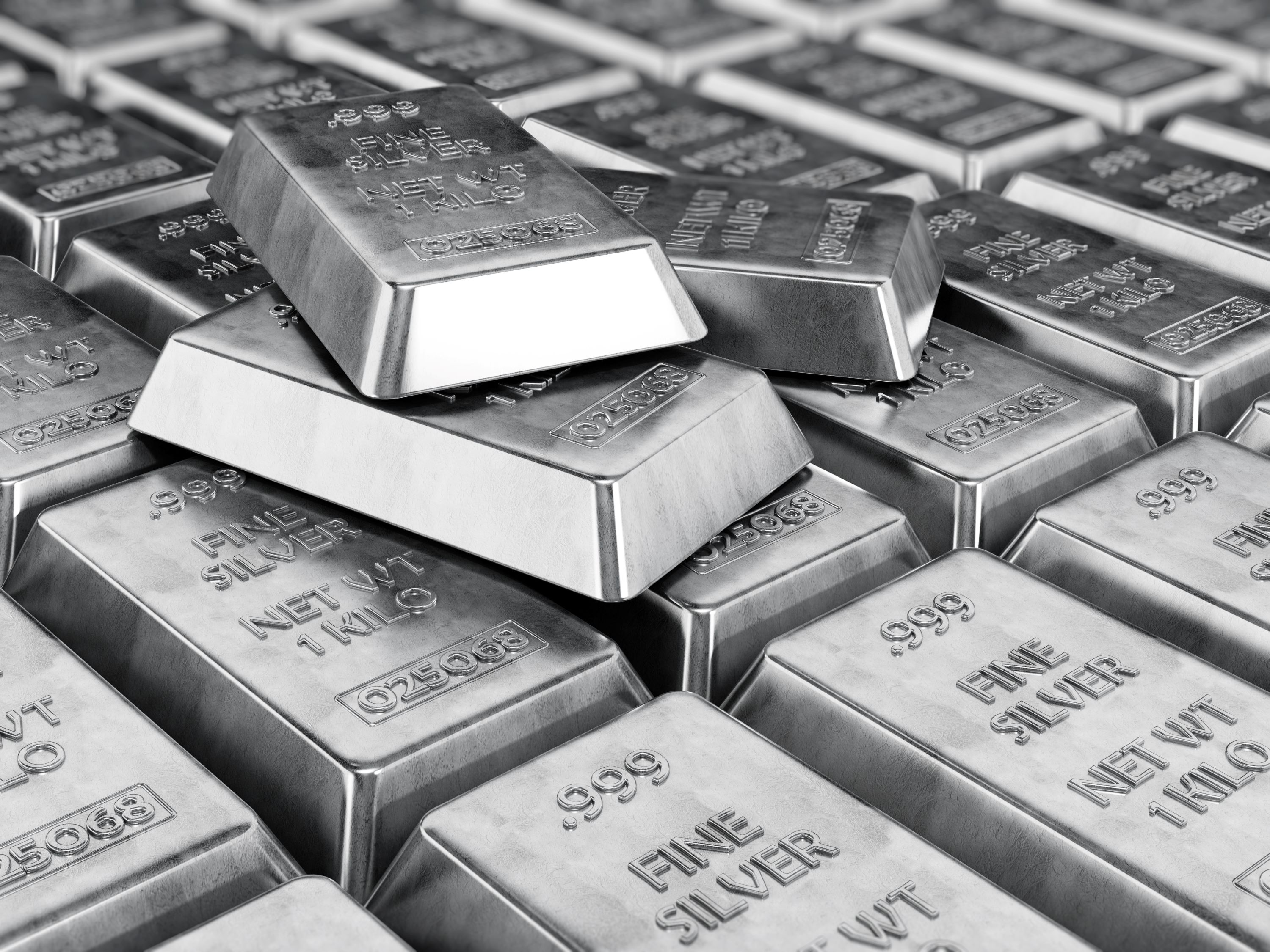
The Commodity in Focus series returns today and this week we’re looking at the precious metal known as ‘poor man’s gold’ – silver.
Alongside gold, silver is one of the most precious metals and, although it is associated with jewellery and ornaments, it has a wide variety of more practical uses.
Silver is used in several different industries, accounting for more than half of annual demand worldwide. This means that economic growth can affect silver prices far more than it affects gold. By comparison, only 10-15% of annual gold demand worldwide comes from industrial usage.
As well as currency and jewellery, common uses for silver include:
- Electronics – silver has excellent conductivity, durability and a high energy-to-weight ratio so is used in radio frequency connectors, printed circuits, RFID antennas, computer keyboards and tiny batteries
- Photography – silver is used in analogue film photography
- Solar panels – silver is an important element in the production of solar cells and therefore green energy
- Plastics – silver is a catalyst in the production of two major industrial chemicals that are used in plastic production: ethylene oxide and formaldehyde
- Medical use – silver is used in a broad spectrum of health products including dressings, gowns, catheters, stethoscopes and other medical equipment
Production
The majority of silver produced originates from the refining of zinc, lead, copper or gold, where it is collected as a byproduct.
Silver is found in every continent, in countries as varied as Mexico, Canada, Peru, China, Bolivia, Poland and Australia.
The estimated global production of silver in 2022 amounted to almost 26,000 metric tonnes and production has remained relatively stable over the past two decades, although it dipped during the pandemic.
Global silver mine supply rose by 5.3% year on year to 822.6m ounces (Moz), or 25,587 tonnes as output recovered from Covid-19 disruption in 2022.
Recycling activity rose for a third year in a row, with the 3% lift taking the total to a 10-year high of 180.6 Moz. This was driven by the 7% rise in industrial scrap, which reflected an increase in the processing of spent ethylene oxide catalysts from the chemical industry. However, jewellery and silverware recycling had only marginal gains.
Demand
Following a strong recovery in 2021, total silver demand took a major leap last year, with total offtake growing by 18%. With the exceptions of slight drops in photographic and brazing alloys demand, all other fabrication sectors achieved new highs. Demand from the industrial segment posted another record in 2022, of 556.5 Moz.
Industrial demand was also supported by electrification within the automotive sector and other power generation and distribution investments. A rise in vehicle output, 5G network investments and growth in the construction industry also assisted.
Top producing countries 2022
Mexico 199.2 (Moz) 2% increase on 2021
China 111.8 -1%
Peru 107 -7%
Poland 42.4 1%
Chile 41.9 2%
Biggest exporters of silver - 2021
Hong Kong $6.7bn (18.2% of total silver exports)
UK $3.6bn (9.8%)
China $3.5bn (9.5%)
US $2.8bn (7.6%)
Mexico $2.5bn (6.9%)
Indian demand
India is the world’s biggest silver market and the metal is seen as ‘poor man’s gold’ in rural areas where it is more affordable than silver.
Demand was depressed during the pandemic partly because bulky silver imports come to India by sea whereas gold is airfreighted to the country.
India imported 9,450 tonnes of silver in the 2022 calendar year, the country’s highest ever annual imports. The previous high for silver imports was 8,093 tonnes in 2015.
Led by the doubling of jewellery demand and a 188% rise in exchange-traded fund (ETF) investment in India, silver demand soared in 2022.
Safe haven
Like gold, silver is a safe haven asset that tends to hold value well during times of uncertainty.
In comparison to the gold market, the silver market has fewer participants. This results in a limited number of players owning a large share of the market. Any of these big players can therefore have a significant impact on market developments.
Recent trends
Silver prices rose in European trade in recent weeks, hitting four-week highs on expectations of improving Chinese demand
Silver prices rose 0.7% to $24.43 an ounce – the highest since May 11 – with a session-low at $24.22 after rising 3.6% Tuesday (14 June), the biggest profit in two months as dollar lost ground following weak data.
Some analysts have predicted that silver could hit $30 per ounce this year, and from there could jump even higher quite quickly. However, a recession could halt this by reducing industrial demand significantly. Most forecasts suggest the silver price is likely to rise in 2023.



